Chest press machines are a staple in gyms around the world. Whether you're a beginner looking to build upper body strength or a seasoned lifter balancing free weights with machines, you’ve probably wondered: Are chest press machines good? And more importantly, how do they compare to bench pressing with a barbell or dumbbells?
This guide breaks down the different types of chest press machines, how they work, common misconceptions, and how to use them effectively for building muscle and improving strength.
What Is a Chest Press Machine?
A chest press machine is a piece of strength training equipment designed to target the pectoral muscles (primarily the front chest), shoulders, and triceps. Unlike free weights, machines guide your movement through a fixed range of motion, making it easier to focus on form and reduce the risk of injury—especially helpful for beginners or those recovering from injury.
There are various forms:
-
Seated Chest Press
-
Incline Chest Press Machine
-
Converging Chest Press
-
Vertical Chest Press
-
Lying Chest Press Machine
Each version offers slightly different angles and muscle emphasis.
Why Some People Find Chest Press Machines Challenging
It’s not uncommon to hear lifters ask, Why is the chest press machine so hard? The answer lies in the isolation and structure of the machine. Machines often remove momentum and force you to engage your chest muscles more directly. You can’t "cheat" the way you sometimes can with free weights.
Also, some seated chest press machines may start with the handles far behind the shoulders, requiring a strong initial push—this can feel awkward or overly difficult, especially if your shoulder mobility is limited.
Effectiveness: Can You Build Muscle With Chest Press Machines?
Yes, chest press machines absolutely build muscle when used properly. Because they provide controlled resistance, they're excellent for:
-
Progressive overload
-
Focusing on form
-
Time under tension training
This makes them a solid tool in any muscle-building routine, especially when paired with free weights or bodyweight exercises for variety.
If your goal is hypertrophy (muscle growth), machines can be just as effective as free weights—especially when training to fatigue or performing drop sets.
Comparing Machines vs. Free Weights
Bench Machine vs Barbell Bench Press
Barbells demand more stabilization and work more supporting muscles, making them great for overall strength. However, machines allow you to push heavy loads safely without a spotter, which can be a key advantage—especially when training alone.
Seated Chest Press vs Bench Press
A seated chest press supports your back and guides your arms, making it more beginner-friendly. A flat or incline bench press, on the other hand, involves core engagement and requires more balance. Neither is "better" universally—it depends on your goals.
Converging Chest Press vs Traditional Bench
The converging chest press mimics the natural movement of your arms during a press, bringing your hands together at the top. This offers a great muscle contraction and is often seen as more "functional" than older, flat-trajectory machines.
Iso-Lateral vs Incline Press
Iso-lateral machines let each arm move independently, which helps correct muscle imbalances. An incline press, whether machine or free weight, emphasizes the upper chest—combining both in your program creates more complete development.
Tips for Using Chest Press Machines Effectively
-
Adjust the seat height: Your hands should start at mid-chest level.
-
Keep your feet flat and core engaged: This stabilizes your whole body.
-
Don’t lock your elbows: Maintain slight tension at the top.
-
Control the motion: Slow down the eccentric (lowering) phase.
-
Vary your angles: Use incline, flat, and converging machines for well-rounded development.
Teaching Points for Beginners
If you're new to the seated chest press:
-
Begin with light weight to learn the form.
-
Keep your wrists straight, elbows in line with the handles.
-
Focus on the squeeze at the top—imagine you're hugging a barrel.
And remember: the machine’s weight stack doesn’t always represent true weight. Many machines have levers or pulleys that reduce resistance. Always test how it feels rather than focusing solely on the numbers.
Final Thoughts: Should You Use Chest Press Machines?
If you’re wondering whether chest press machines are good or effective—the answer is yes, especially when used with proper form and intent. They’re an excellent complement to free weights and provide a safe, efficient way to train your chest.
Whether you're doing a seated incline press, testing out a converging chest machine, or working with iso-lateral arms, machines offer clear benefits: controlled movement, lower injury risk, and the ability to isolate the chest muscles for hypertrophy and endurance work.




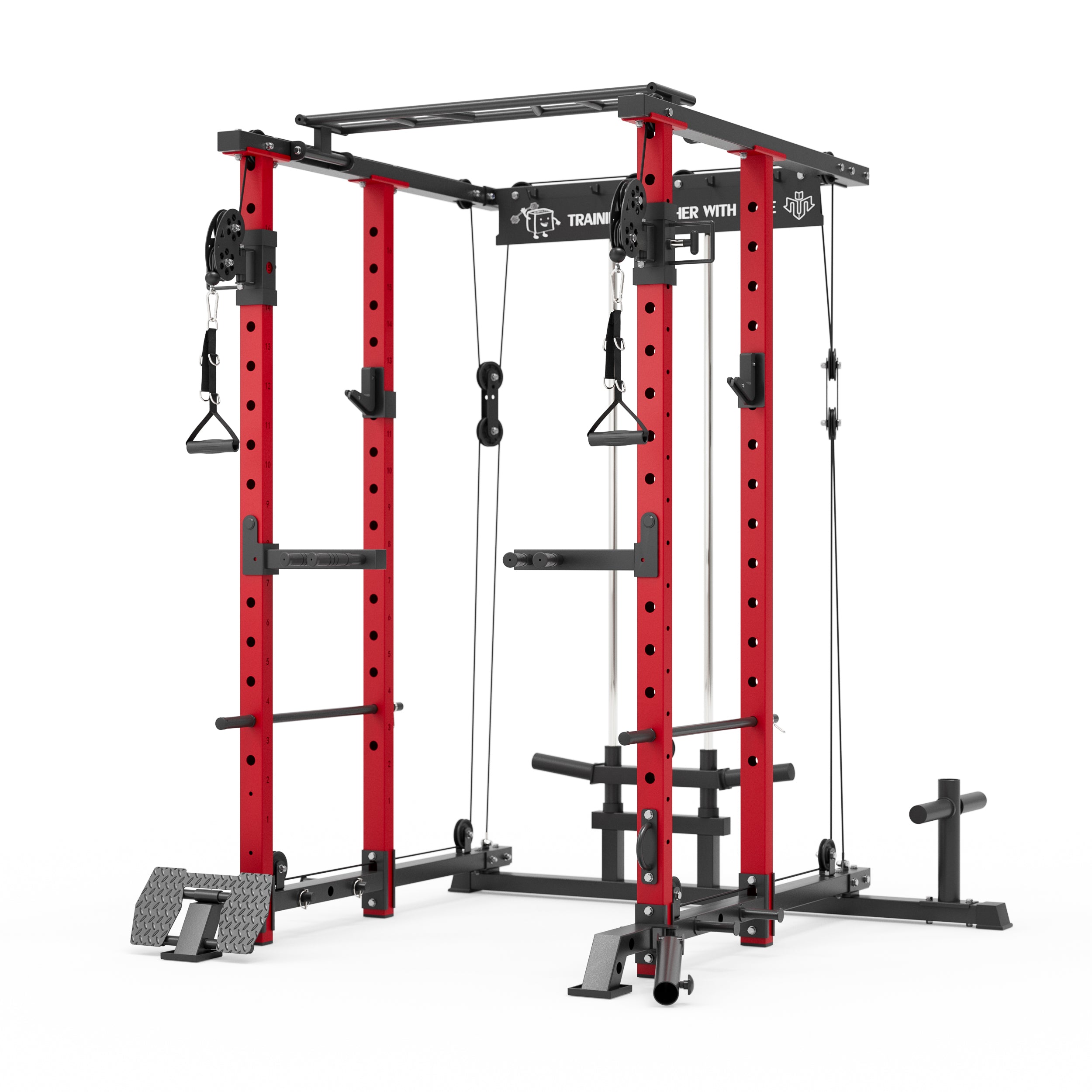


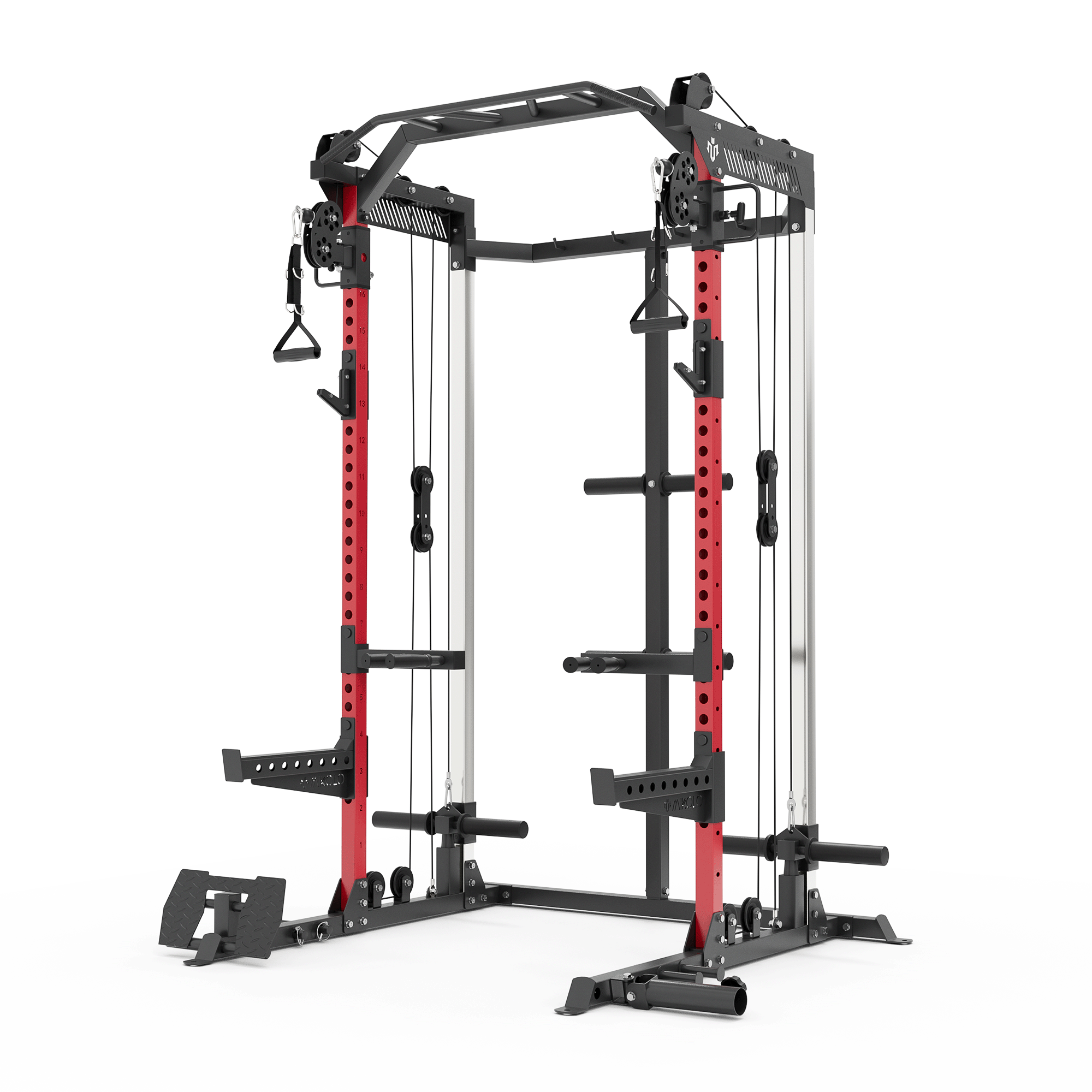




















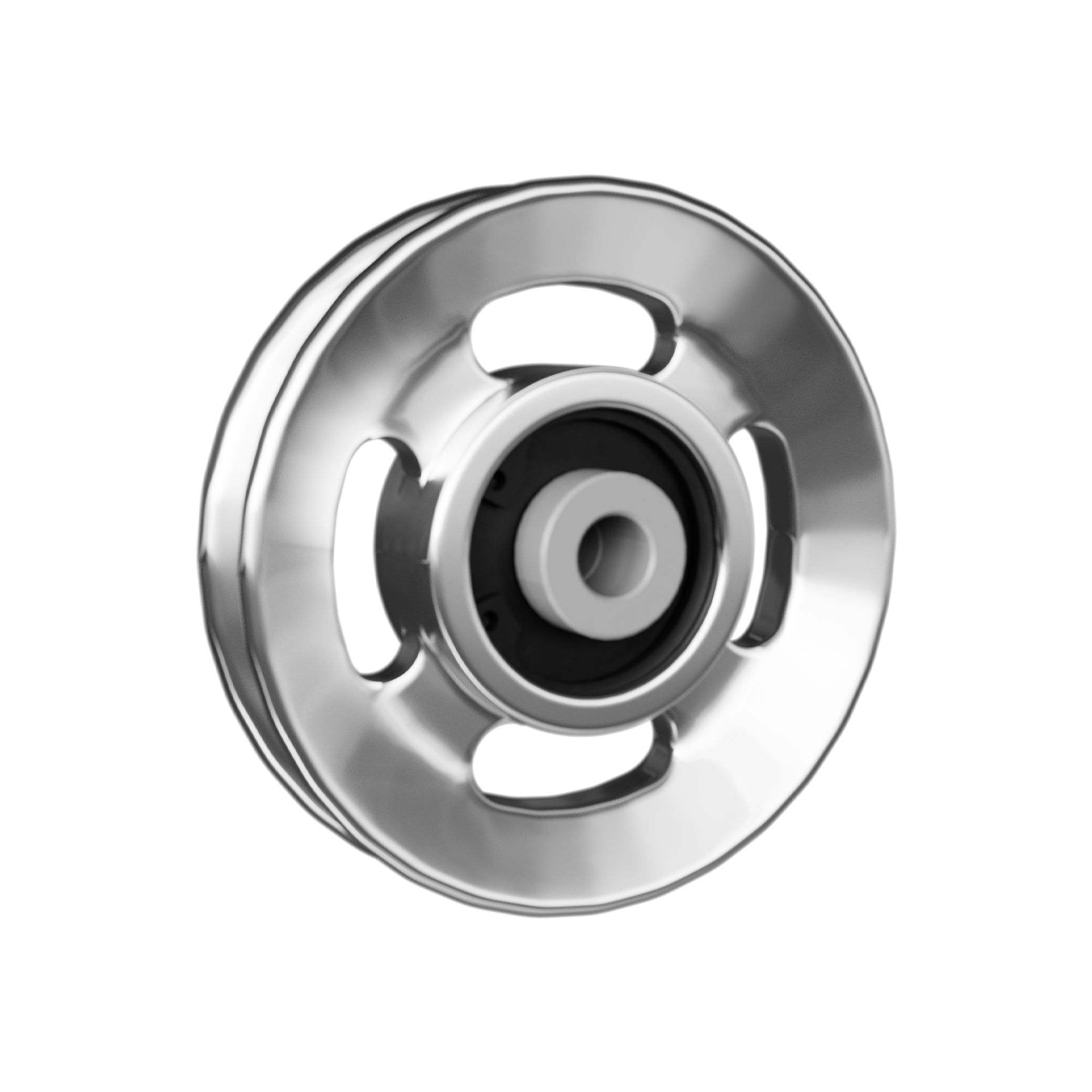



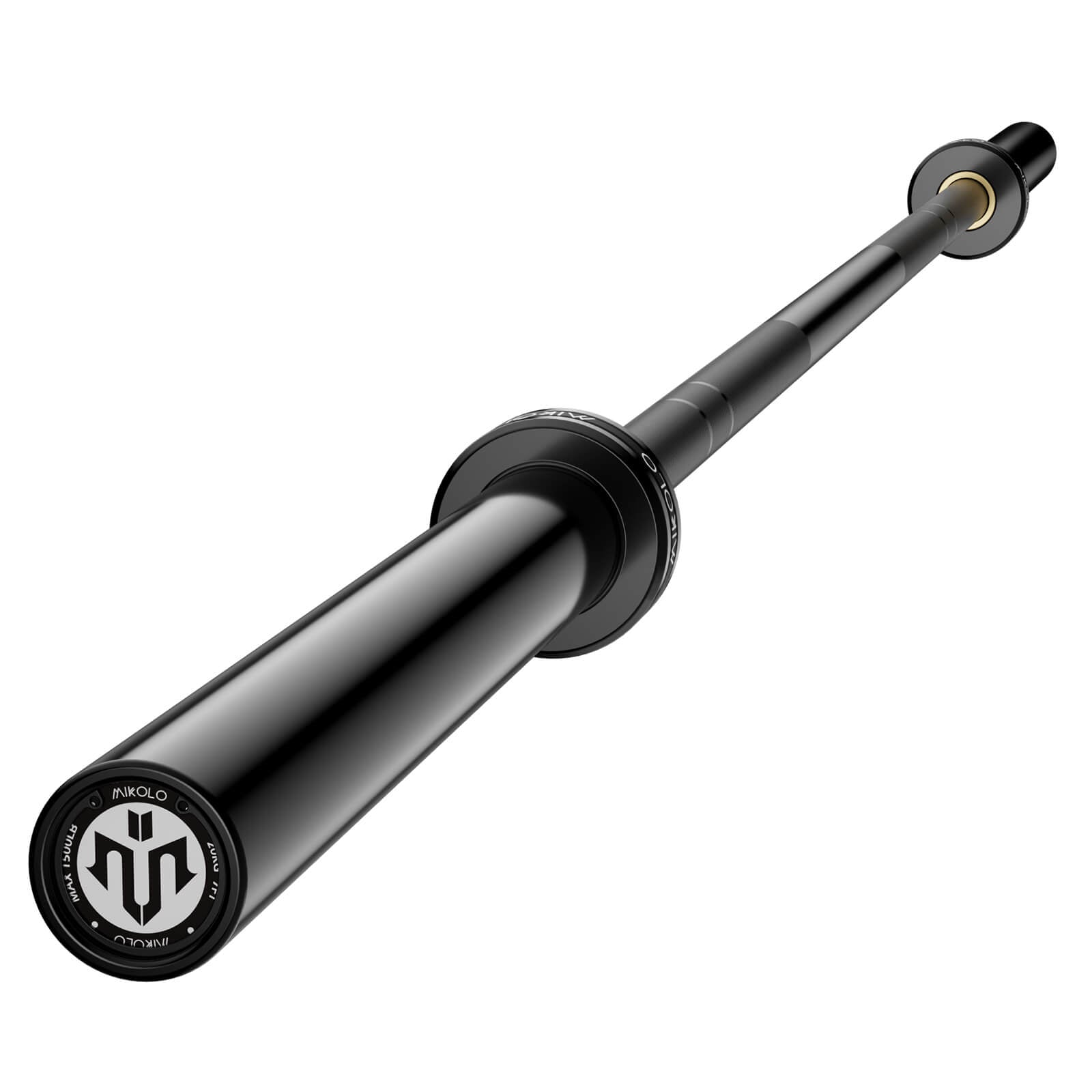




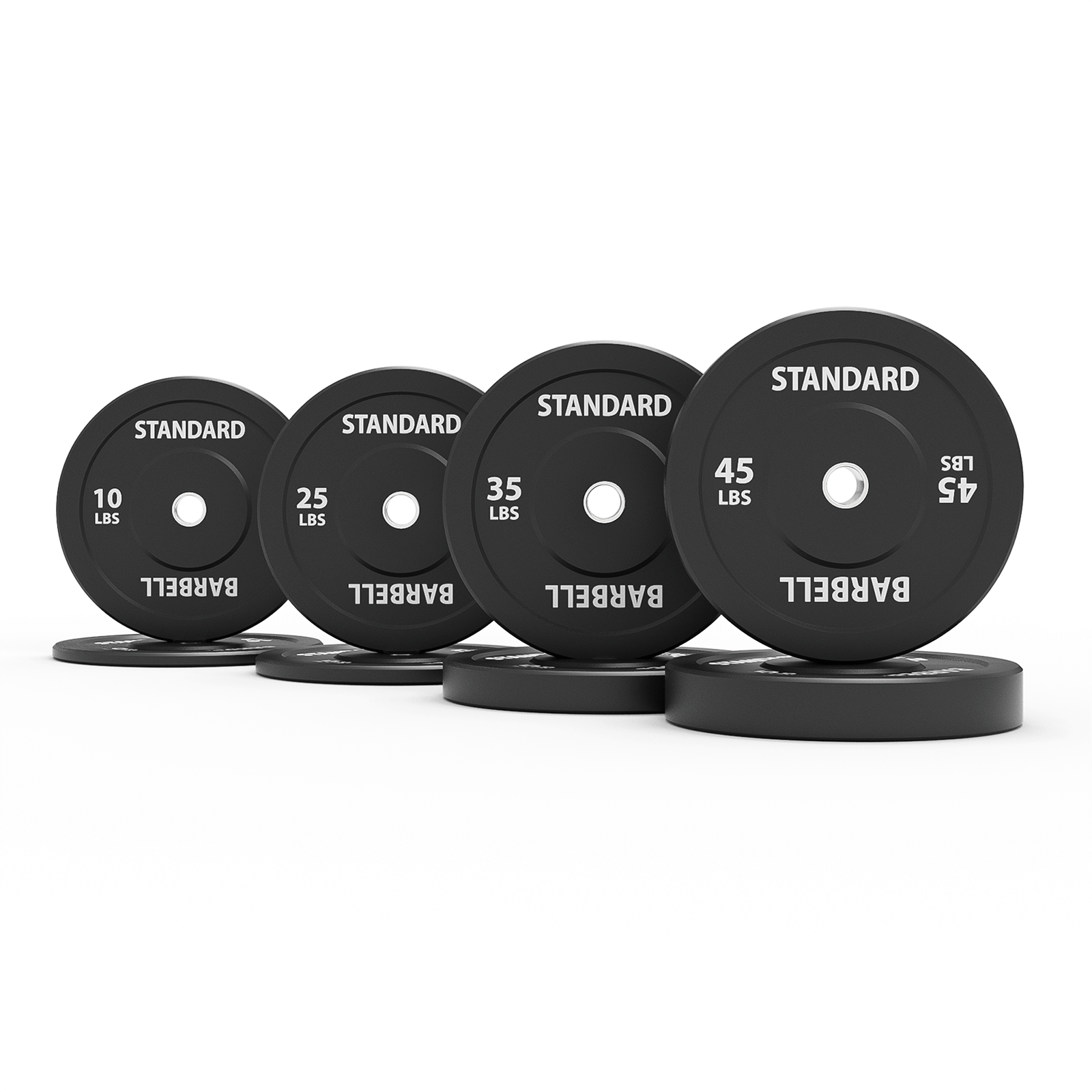




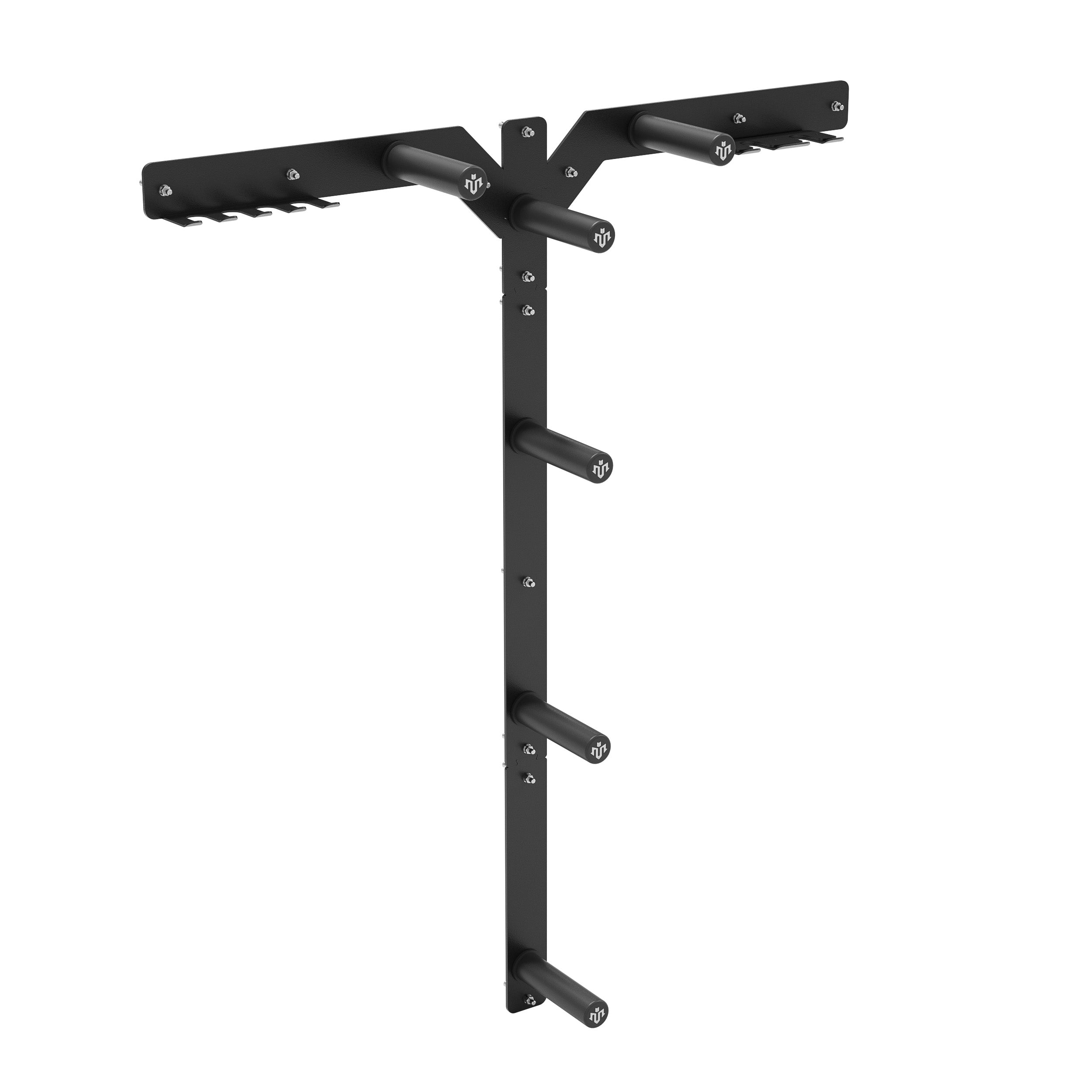




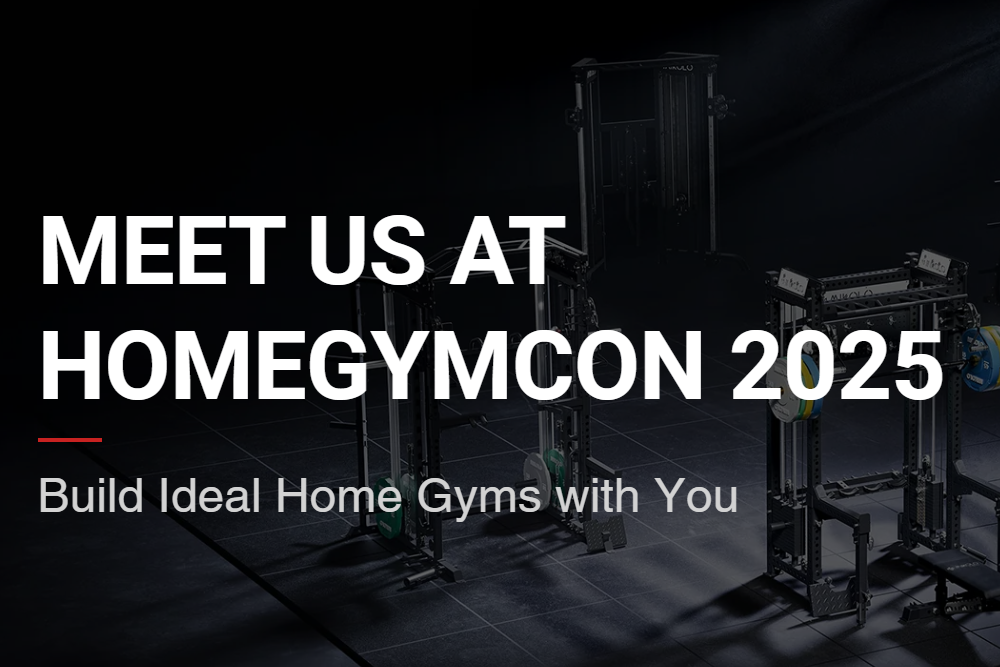
Leave a comment
This site is protected by hCaptcha and the hCaptcha Privacy Policy and Terms of Service apply.